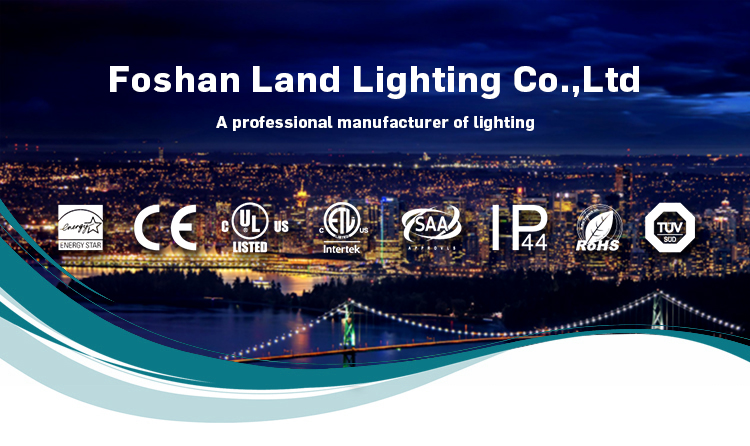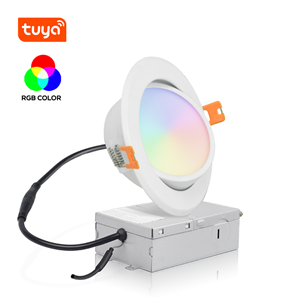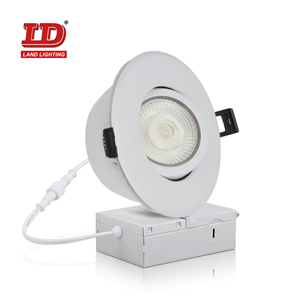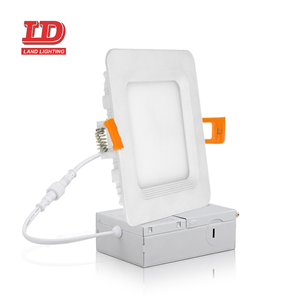Selecting the Right LED Flat Panel Light: A Comprehensive Guide
Choosing the ideal LED flat panel light is crucial for achieving efficient and visually pleasing illumination in your space. Here's a comprehensive guide to help you navigate the options and make an informed decision.
1. Purpose and Application:
Define the purpose of the LED flat panel light and where it will be installed. Consider whether it's for general lighting, task lighting, or decorative purposes. Understanding its primary application will guide your choice regarding brightness, color temperature, and design.
2. Size and Wattage:
Select the appropriate size and wattage based on the dimensions of the space and the desired level of illumination. Larger spaces or areas requiring higher light levels may necessitate larger panels with higher wattages.
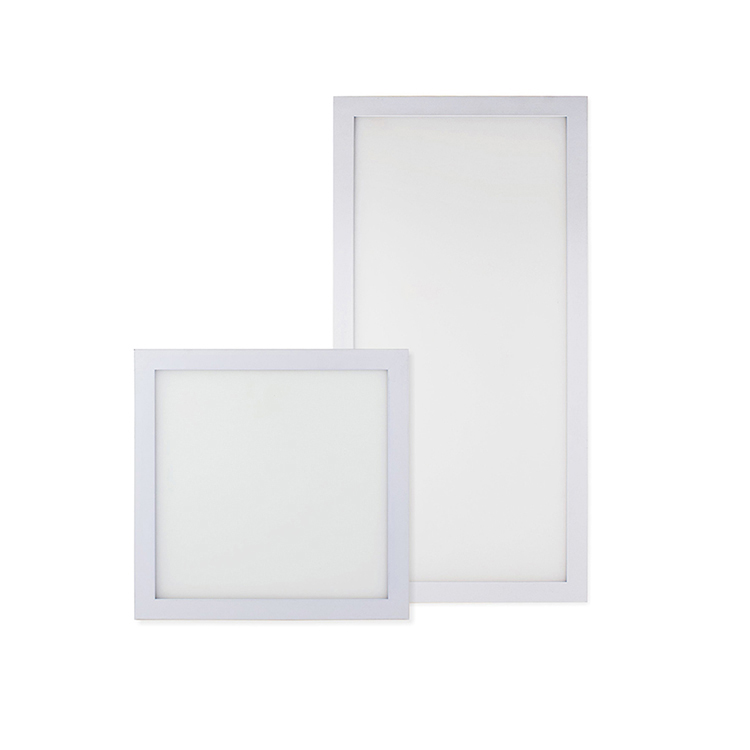
3. Color Temperature:
Determine the desired color temperature of the light. LED flat panel lights are available in a range of color temperatures, from warm (2700K-3500K) to cool (4000K-5000K). Choose a color temperature that complements the ambiance of your space and the intended use of the lighting.
4. Lumen Output:
Consider the lumen output of the LED flat panel. Higher lumens indicate greater brightness. Assess the lumen requirements based on the intended application—more lumens for task-oriented areas and fewer for ambient or accent lighting.
5. Dimmability:
Decide whether you need dimmable LED flat panel lights. Dimmable options provide flexibility in controlling light levels, allowing you to create different atmospheres and save energy when full brightness is not required.
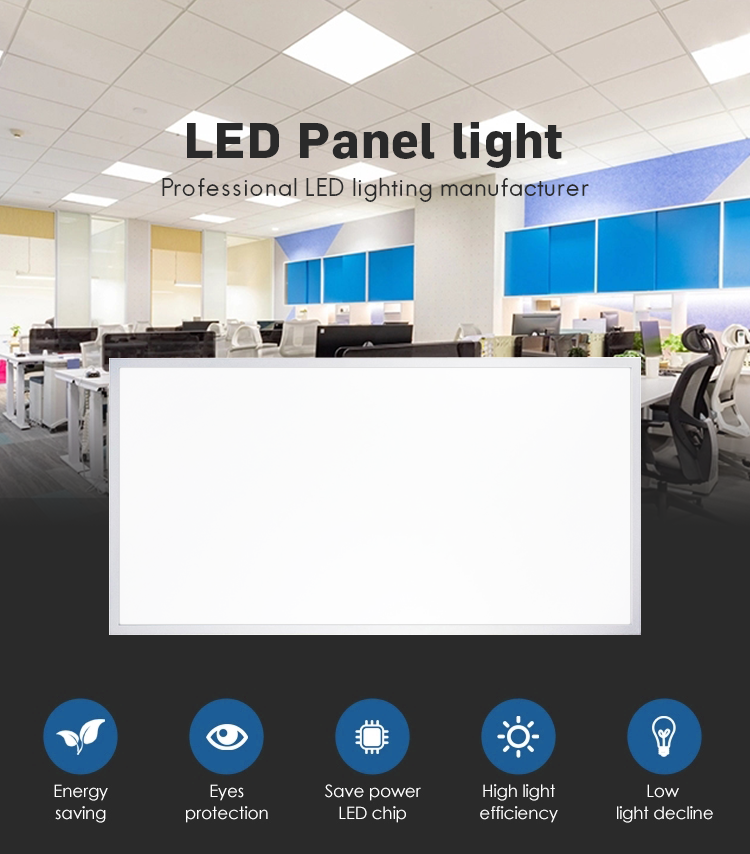
6. Installation and Mounting Options:
Evaluate the installation requirements and mounting options. LED flat panels can be recessed, surface-mounted, or suspended. Choose the mounting option that suits your space and preferences. Ensure that the installation process aligns with your capabilities or consult a professional if needed.
7. Edge-Lit vs. Back-Lit Design:
Understand the difference between edge-lit and back-lit designs. Edge-lit panels are slimmer and distribute light evenly across the surface, while back-lit panels may offer a higher lumen output and a softer glow. Consider the aesthetic and lighting preferences when choosing between these designs.
8. CRI (Color Rendering Index):
Check the Color Rendering Index of the LED flat panel. A higher CRI indicates that the light source accurately represents colors. For spaces where color accuracy is crucial, such as retail or art galleries, opt for a panel with a high CRI.
9. Energy Efficiency:
Choose energy-efficient LED flat panels. Look for fixtures with ENERGY STAR certification or high efficacy ratings. Energy-efficient panels not only reduce electricity costs but also contribute to environmental sustainability.
10. Quality and Brand Reputation:
Research the reputation of the brand and consider the overall quality of the LED flat panel. Reputable brands often prioritize quality materials and craftsmanship, leading to more reliable and durable fixtures. Read customer reviews to gain insights into real-world performance.
11. Budget Considerations:
Establish a budget for your LED flat panel lights. While quality is essential, there are various options available at different price points. Finding a balance between quality and affordability ensures a satisfactory purchase.
In conclusion, selecting the right LED flat panel light involves a careful evaluation of its purpose, size, color temperature, lumen output, dimmability, installation requirements, design, CRI, energy efficiency, brand reputation, reviews, and budget considerations. By taking these factors into account, you can confidently choose LED flat panels that meet your lighting needs, enhance your space, and provide long-lasting, energy-efficient illumination
